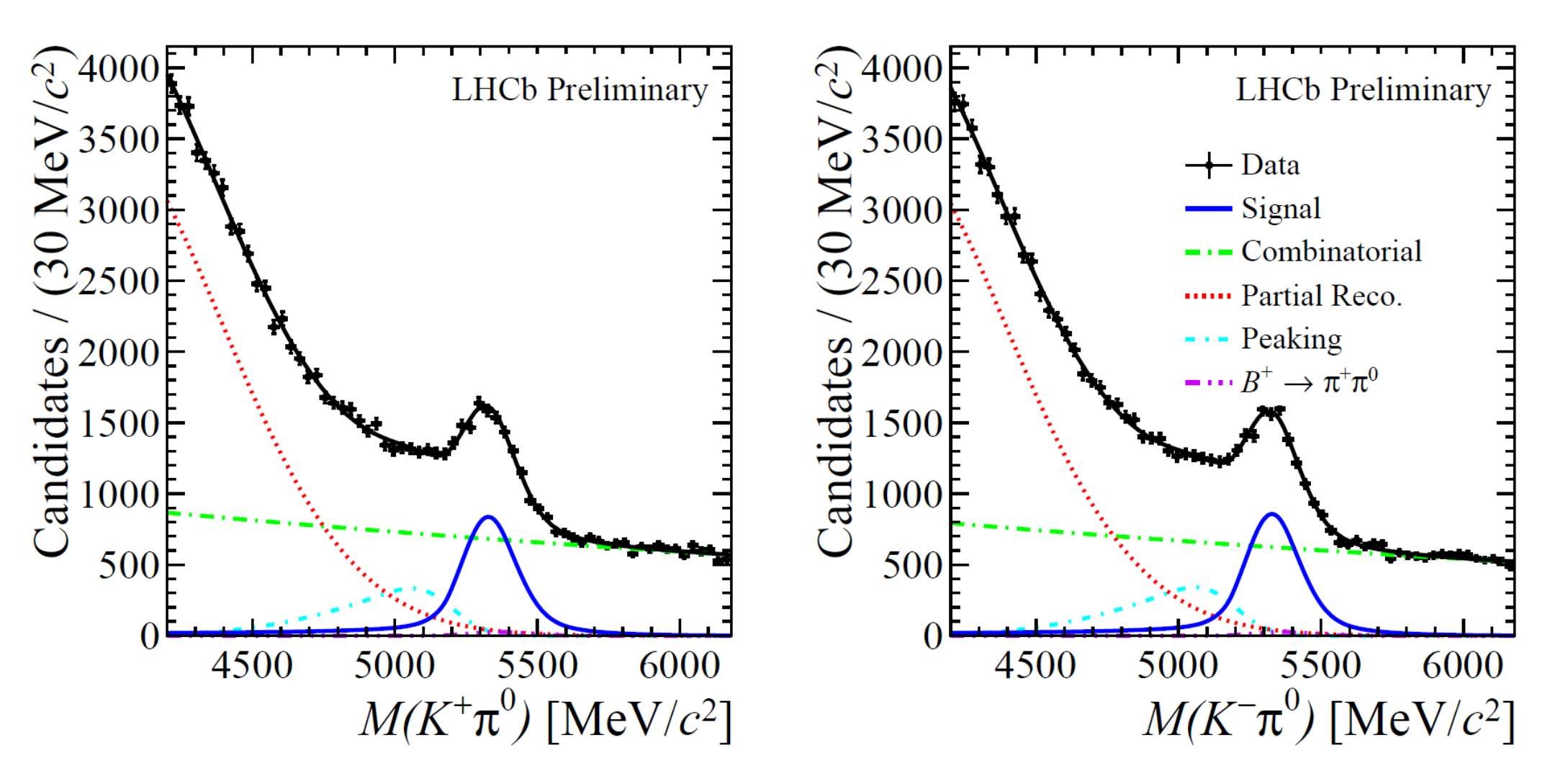Scientists have known for decades of a massive imbalance between the amount of matter and antimatter in the universe. To resolve the discrepancy, they attempt to recreate the first instant after the Big Bang through fierce collisions of subatomic particles, followed by intense scrutiny of the resulting forces and pieces. A premiere effort is CERN’s LHCb experiment, in which B mesons’ disintegration provides clues that may someday explain why matter has predominated over antimatter. Although the Standard Model is shown to contain a mechanism that violates the charge-parity (CP) symmetry – the symmetry that ensures equal treatment of reactions involving matter or antimatter particles – it can only account for a small part of the observed matter-antimatter imbalance in the universe. A major goal of the LHCb experiment is to discover possible sources of CP violation beyond the Standard Model.
Now, the LHCb collaboration has announced a major new development, based on data collected during LHC Run 2, confirming and significantly strengthening an anomalous observation in decays of B mesons. At an October 28 CERN workshop, a result of a measurement of the CP violation in a B meson B+→K+π0 was announced. This is the most precise measurement of CP asymmetry yet found in this decay, and an important data point in studies of B meson decays, following results gained by the BaBar, Belle and Tevatron experiments, as well as LHCb. This result significantly strengthens the anomalous difference with the measured CP asymmetry in the counterpart decay channel of the neutral B meson (B0→K+π-), an effect yet to be satisfactorily explained in the Standard Model. The images above show the reconstructed invariant mass distribution of K+π0 and K-π0 mass distributions. Clear enhancements at the B+ (left) and B- (right) masses are visible.
The images above show the reconstructed invariant mass distribution of K+π0 and K-π0 mass distributions. Clear enhancements at the B+ (left) and B- (right) masses are visible.
UMD postdoc Will Parker made the recent presentation, which can be seen here.
The UMD flavor physics group has been working on B meson decays since 1995 with the design and development of the BaBar experiment at SLAC and since 2014 with the LHCb experiment at CERN. “We are happy that we now have the most precise measurement of this anomaly, which is of huge interest in the particle physics community,” said Distinguished University Professor Hassan Jawahery.
Along with Jawahery, Parker, Phoebe Hamilton and Jason Andrews (PhD 2018), who carried out this measurement, the UMD LHCb group includes Assistant Professor Manuel Franco Sevilla, researcher Svende Braun, and graduate students Alex Fernez, Yipeng Sun, and Zishuo Yang. In 2019, the LHCb experiment observed CP violation in decays of D mesons. That finding was rated a Physics World Breakthrough of the Year finalist for 2019.
To learn more about the new B+→K+π0 result, see the LHCb announcement: https://lhcb-public.web.cern.ch/Welcome.html#Kpi. The full paper will be submitted to Physical Review Letters.